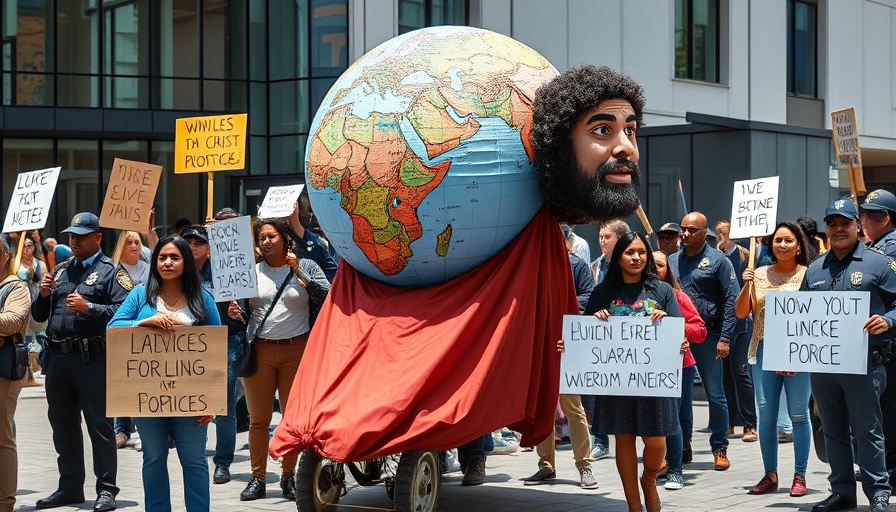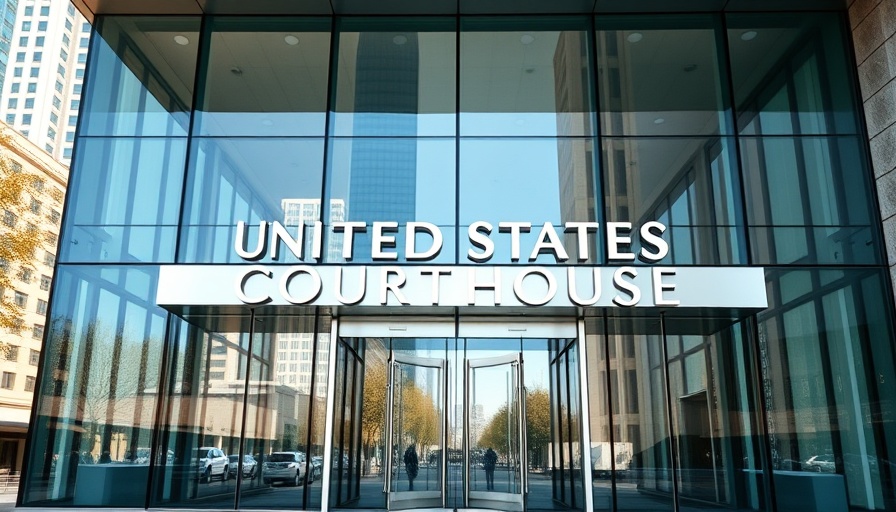
Understanding the Urgency of Environmental Justice
In recent weeks, a coalition of environmental justice advocates has taken to the streets, rallying against significant cuts proposed by the Environmental Protection Agency (EPA). This uproar highlights escalating concerns over environmental policies that disproportionately affect marginalized communities. The coalition comprises parents, local residents, environmental organizations, and concerned citizens who fear that reduced funding will exacerbate existing inequalities in environmental protection.
The Coalition's Demands and Community Impact
The coalition is advocating for several critical adjustments: full restoration of EPA funding, investments in sustainable initiatives, and increased transparency in governmental decision-making. Claiming that these cuts target low-income areas hardest, demonstrators emphasize that environmental justice is a matter of health and survival for at-risk communities. Particularly at stake are resources vital for combating pollution, promoting green jobs, and encouraging community-led environmental initiatives.
Historical Context: A Precarious Landscape
The history of environmental justice is fraught with inequities. For decades, marginalized groups have borne the brunt of environmental degradation, often with little or no recourse. From industrial pollution to the location of hazardous waste facilities in low-income neighborhoods, communities have been subjected to risks that affluent areas seldom face. The current protest stands on the shoulders of previous movements advocating for equity and fairness in environmental policy, underscoring the ongoing struggle against systemic neglect.
Challenges Faced by Environmental Advocates
Despite their commitment, the coalition faces significant challenges. Political inertia, corporate lobbying, and a lack of adequate representation in government often stymie efforts to advance environmental justice. Furthermore, misinformation campaigns can steer public perception away from the realities of environmental degradation in disadvantaged communities. Advocates must navigate these hurdles while striving to raise awareness, mobilize support, and influence legislation.
Future Trends: Toward Greater Accountability
Looking ahead, the movement for environmental justice is poised for a crucial phase. Advocates are increasingly focusing on building coalitions across different sectors—from health care to education—to reinforce the argument that a healthy environment is fundamental to overall community health. As grassroots movements gain momentum, there is potential for more inclusive policy formulation that genuinely reflects the needs of all communities.
The Role of Community Engagement in Environmental Policy
Community engagement is pivotal for driving change. Educated citizens who understand the implications of environmental policies are crucial in influencing local and state decision-makers. Events like the recent protest not only highlight the demands of the coalition but also serve as a galvanizing force that encourages broader participation from individuals across various demographics. When people unite for a common cause, their collective voice becomes a formidable catalyst for real change.
Conclusion: Your Role in the Movement
The ongoing environmental justice protests present a unique moment for reflection and action. As a member of the community, your participation—whether through attending rallies, educating others, or advocating for legislative change—can make a significant impact. The state of our environment and the health of our communities are intertwined, and by standing unified, we can demand accountability and promote policies that serve all.
Learn more about how you can be involved in the ongoing push for equitable environmental policies and what steps you can take to contribute to a healthier community.
 Add Row
Add Row  Add
Add 




 Add Row
Add Row  Add
Add 

Write A Comment